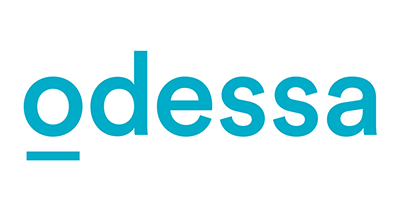
The latest figures from the Cifas 2023 H1 report (Fraudscape) and UK Finance’s 2022 Annual Fraud Report, published earlier this year, reveal a marginal decline in overall fraud figures, but the battle against fraud is by no means won. Within business-to-business environments, the report highlights huge rises in company impersonation and in fraudulent loans facilities.
Acquis Lumia, a new service launched by Acquis Data Services, is aiming to help the asset finance community avoid becoming victims of fraud. John Marsden (pictured), project lead for Acquis Lumia, talks in more detail below about how it is helping asset finance providers to identify any suspicious or irregular activity.
As a business lending community, we all have a responsibility to be aware of the ways criminals innovate and expand their criminal activities. Better defence in consumer channels does nothing to lower the threat in business-to-business environments.
Looking at the recent data in UK Finance’s 2022 report, we note that there has been an 8% decline in the number of fraud cases since 2021 and the Cifas H1 2023 report also shows there has been a decrease of 6% in fraud cases during the first six months of 2023 compared to 2022.
We believe this is an indication that some initiatives which are helping to combat fraud are starting to bring real results. These initiatives include secure customer authentication (SCA) in card payments, confirmation of payee in bank transfers and general fraud and scam awareness with initiatives such as ‘Take Five’.
However, in stark contrast to the above, of note, Cifas cites that criminals have impersonated credit brokerage businesses to garner all the details they need to fraudulently apply for a financial facility. This presents both a threat that criminals are arming themselves with all the data and documents they need to defraud lenders, moreover, it damages the reputation of the finance industry.
As a business lending community, we need to be aware of new measures to stop criminals from making money through fraud, not only to take advantage of the initiatives in play, but also to understand how criminals will innovate and to find their gains. Could this mean an increased level of activity directed to your organisation?
If we focus on Cifas’ specific classification for asset finance and look at these figures for the beginning of 2023, we can see there has been a 131% rise in misuse of facility which has resulted in 1265 cases filed by Cifas in just six months. These cases are dominated by consumer motor finance, with the main reason for filing being avoiding payment, closely followed by 40% relating to the theft of the asset.
Avoiding payment may be a phenomenon which can be anticipated in a ‘cost of living crisis’ and is shared across business and consumer portfolios. To record cases with Cifas indicates that fraudulent intent has been evident in the evasion of payment; of note, Cifas report a rise of 154% for misuse of facility within company loans, they state that a large volume relates to evasion of payment.
This intelligence means that as an industry, we need to be increasingly vigilant as the threat to business-to-business lending is high and increasing. Lumia members see the widest view of asset finance on UK limited companies, which highlights loan stacking and shows where the velocity of lending raises concerns. Without this data, asset finance businesses are vulnerable.
Lumia stands resolute as the safeguard against escalating fraud in the asset finance sector. The central asset finance registry empowers the industry to proactively identify suspicious activity. Lumia is a potent tool in countering over-leveraged risks and the historical patterns of loan stacking.

